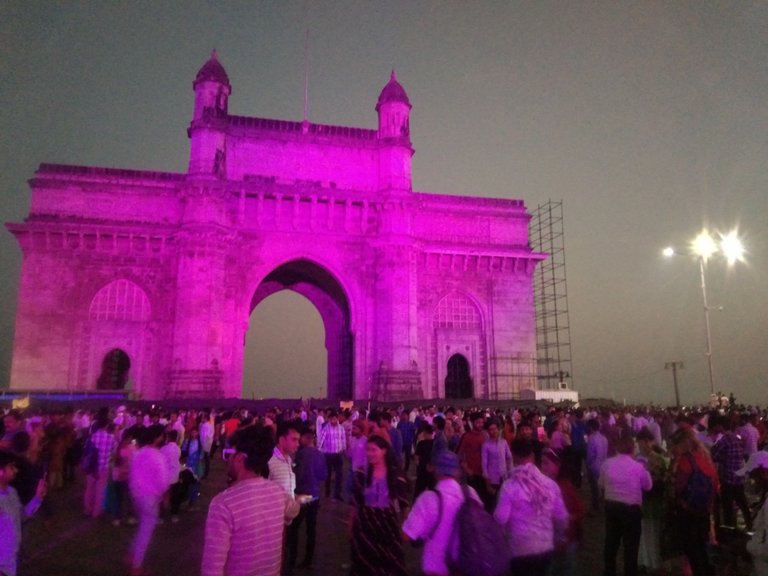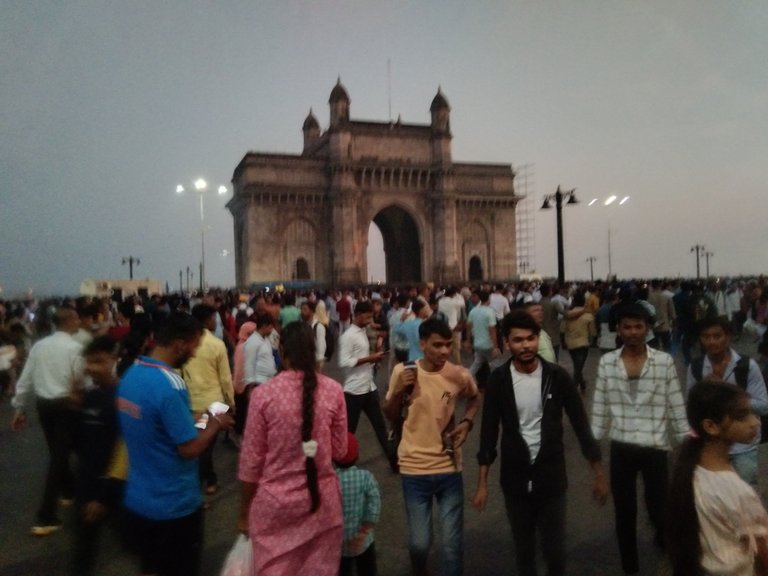


Nestled along the bustling waterfront of Mumbai, the Gateway of India stands as a sentinel of the city's rich history and vibrant spirit. This architectural marvel, with its grand arch and majestic presence, has become an iconic symbol not just of Mumbai but of the entire nation of India.
As I approach the Gateway of India, I am immediately struck by its imposing beauty. The intricately carved arch rises gracefully against the backdrop of the Arabian Sea, a testament to the grandeur of colonial-era architecture. Built in 1924 to commemorate the landing of King George V and Queen Mary, the gateway served as a ceremonial entrance to India for British dignitaries and royalty.
Walking through the bustling streets surrounding the gateway, I am enveloped by the energy and diversity of Mumbai. Vendors sell colorful trinkets and street food, while tourists and locals alike gather to admire the monument and take in the sights and sounds of the bustling city.
Stepping beneath the towering arch of the Gateway of India, I am transported back in time to an era of colonial splendor. The intricate carvings and decorative motifs that adorn the arch tell the story of India's rich cultural heritage, blending elements of Hindu and Islamic architecture in a stunning display of craftsmanship.
As I gaze out at the panoramic view of the Arabian Sea, I am reminded of the gateway's dual significance as both a symbol of colonial power and a beacon of Indian independence. It was from these very steps that the last British troops departed India in 1948, marking the end of centuries of colonial rule and the dawn of a new era of freedom and self-determination.
Today, the Gateway of India stands as more than just a monument; it is a living testament to the resilience and spirit of the people of Mumbai. It serves as a gathering place for celebrations and protests, a backdrop for weddings and photo shoots, and a beloved landmark that captures the imagination of all who visit.
As I bid farewell to the Gateway of India, I carry with me a profound sense of awe and admiration for this iconic symbol of history and majesty. It is a reminder of the enduring power of architecture to shape our collective memory and inspire generations to come.
